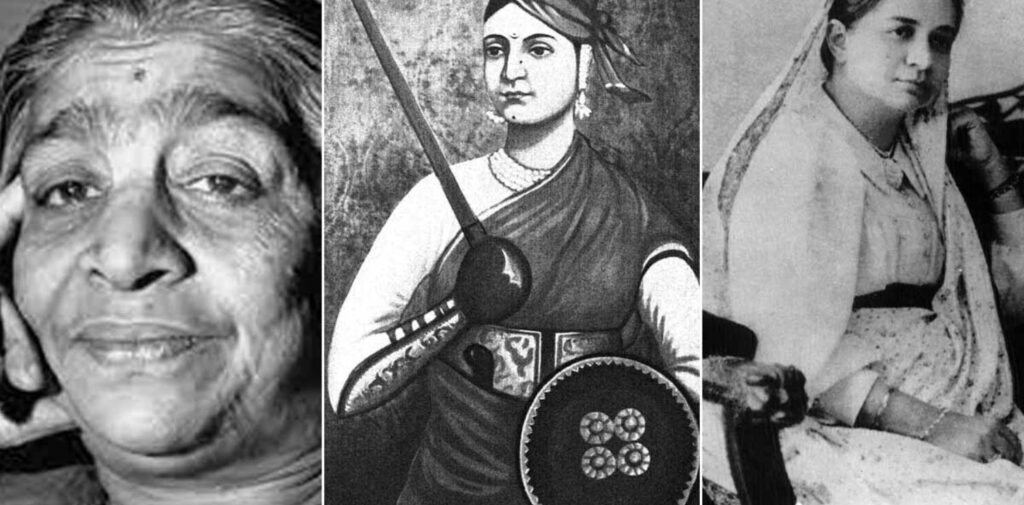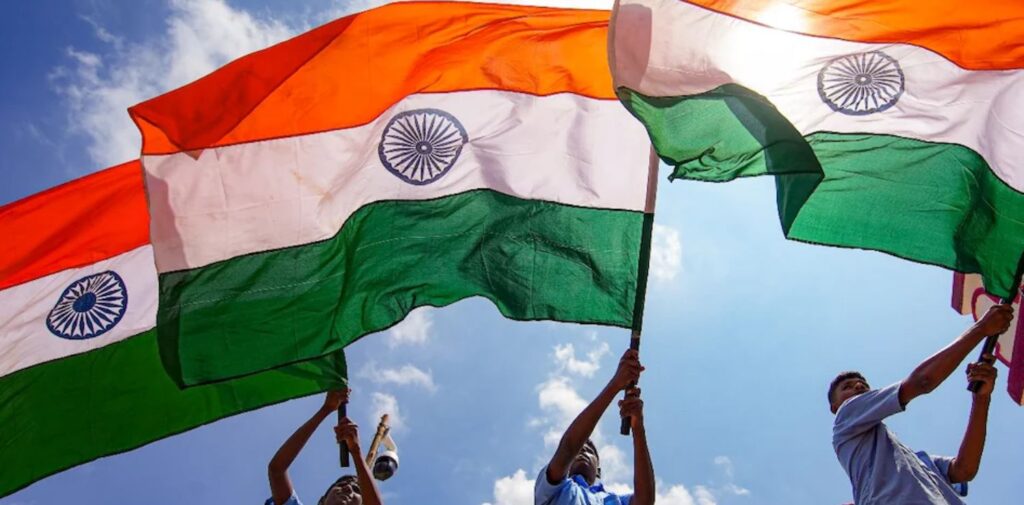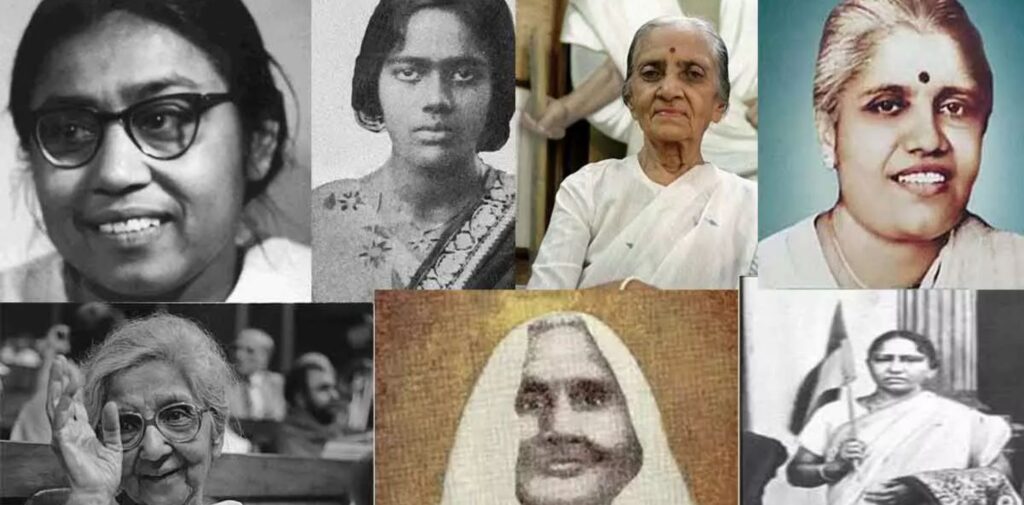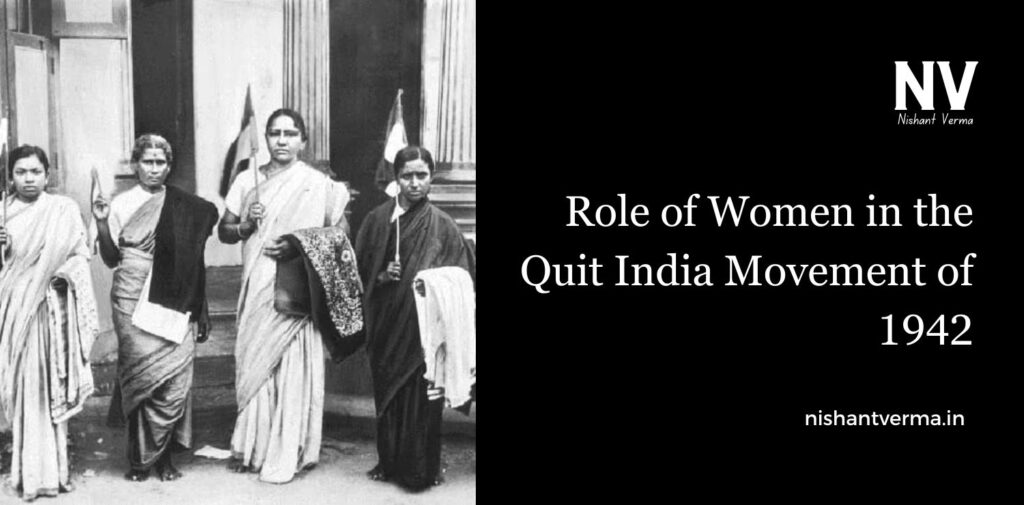The Quit India Movement of 1942 is one of the most important chapters in India’s history. It was a call to the British rulers to leave India and give the country its independence. The movement was started by Mahatma Gandhi, and although it was mainly led by men, women played a very important role in making it a success. They participated in many different ways, and their courage and determination made a huge difference. Let’s explore how women contributed to this movement and helped in the struggle for India’s freedom.
Women Join the Fight for Freedom
In 1942, the British Empire was controlling India. The people of India were tired of being ruled by outsiders and wanted to be free. The Quit India Movement was launched by Mahatma Gandhi, asking the British to “Quit India.” This was a time when India needed strong leaders, and women were not left behind. They were ready to take action and stand up for the country, even if it meant facing tough challenges.
Women had been part of the Indian independence struggle before, but the Quit India Movement saw even more women coming forward. Many of them were young, full of energy, and determined to fight for their country’s freedom. Women from all walks of life—mothers, students, teachers, workers—came together to support the cause. They played various roles like participating in protests, working as nurses, spreading information, and even facing imprisonment.

The Courage of Women in the Movement
One of the most inspiring aspects of the Quit India Movement was the courage shown by women. Despite facing the harsh treatment of the British authorities, many women did not back down. They were beaten, arrested, and sent to jail, but they kept on fighting for their country’s freedom.
Leaders like Sarojini Naidu, Kasturba Gandhi, and Kamaladevi Chattopadhyay were at the forefront. These women inspired others to join the movement. Sarojini Naidu, known as the “Nightingale of India,” played a vital role in leading protests. She was a poet, but her words were powerful in calling people to action.
Kasturba Gandhi, the wife of Mahatma Gandhi, also supported the Quit India Movement. She worked hard to encourage other women to take part, even though she was not in the best of health. Kamaladevi Chattopadhyay, another important figure, not only supported the movement but also worked to empower women by encouraging them to become leaders.
Women as Protestors and Leaders
Women’s participation was not limited to supporting the movement behind the scenes. They were in the frontlines, actively taking part in protests, rallies, and demonstrations. They faced police brutality and arrest but were not scared to voice their opposition to British rule.
In many parts of India, women led marches, formed groups, and shouted slogans against the British. They used their voices and bodies to demand freedom. One of the most famous incidents was the arrest of women in Bombay (now Mumbai), who had gathered to protest against British rule. Even though the police treated them harshly, the women did not give up. They were determined to continue the struggle.
Women also played a major role in organizing protests. They helped with planning and logistics, ensuring that the protests went smoothly. Their leadership and organizing skills were crucial in making the Quit India Movement a success.

Spreading the Message of Independence
Women were very important in spreading the message of independence. They used their skills to reach out to different parts of society. Women like Aruna Asaf Ali were active in spreading the message of the Quit India Movement through newspapers, pamphlets, and other means of communication.
Aruna Asaf Ali was a strong leader who played a big role in inspiring the youth to take part in the movement. She was one of the first to hoist the Indian flag at the Gowalia Tank in Mumbai after the movement began. This was a symbol of defiance against the British rule. Her actions encouraged other women to rise up and fight for their rights.
Women also acted as couriers, carrying important messages and instructions from one group of leaders to another. This was very dangerous work, as the British authorities were constantly trying to arrest anyone involved in the movement. But despite the risks, many women stepped up to help.
Women in Prisons and Jail
During the Quit India Movement, many women were arrested and sent to jail. The British were harsh with their punishment, but even in jail, women did not lose hope. They showed great strength and resilience. They would sing patriotic songs, chant slogans, and continue to discuss the importance of India’s freedom.
Some of the women who were imprisoned included prominent leaders like Sarojini Naidu, Kasturba Gandhi, and many others. They were treated badly by the British but continued to work toward the goal of independence, even when behind bars.
Women’s Contribution to the Fight for Independence
While women participated in protests and were arrested, they also contributed in many other ways. Some women worked as nurses, helping wounded protestors. Others helped by making food and taking care of the families of those involved in the movement.
There were also women who helped by organizing protests in the villages. They went door to door, asking people to join the movement. This was especially important because many people in rural areas were not aware of what was happening in the cities.
Women also made important contributions by helping to organize financial support for the movement. They raised funds, collected donations, and supported families who were affected by the protests. This was essential in keeping the movement alive and ensuring it could continue.

The Legacy of Women in the Quit India Movement
The Quit India Movement would not have been the same without the strong participation of women. They showed the world that women could play a powerful role in the fight for freedom. Their courage, leadership, and determination inspired not only their contemporaries but also future generations. They made it clear that women could contribute to the nation-building process and should have an equal place in society.
The role of women in the Quit India Movement helped bring about many changes in Indian society. It showed that women could stand up for their rights, fight for justice, and lead movements for a better future. Many women who participated in the Quit India Movement went on to become leaders in their own right after India gained independence.
Conclusion
The Quit India Movement of 1942 is an important chapter in India’s fight for independence. Women were not just passive observers during this time; they played an active and significant role in the movement. Whether it was leading protests, spreading messages, working as nurses, or facing imprisonment, women proved that they were as dedicated to the cause of independence as anyone else.
Their bravery and commitment to the cause of India’s freedom left a lasting legacy. Even today, when we talk about the struggle for independence, we must remember the contributions of women. The Quit India Movement showed that when women unite for a cause, they can bring about real change. Their involvement in the movement is a testament to their courage, strength, and love for their country.




